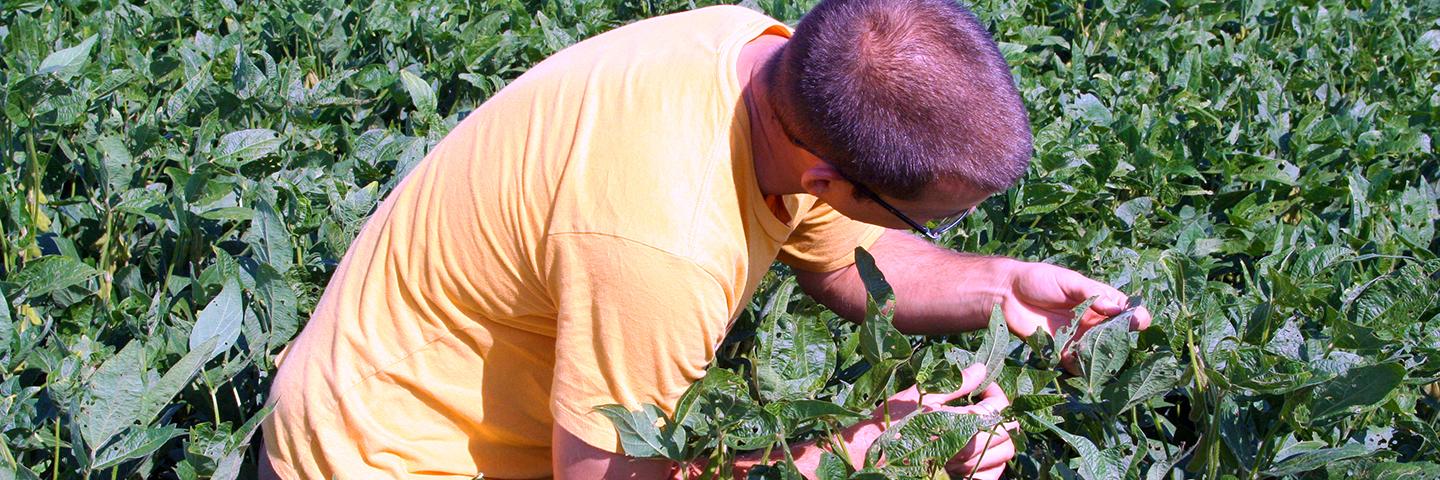
A system that combines an integrated pest management (IPM) decision-making process with natural resource conservation to address pest and environmental impacts.
- Pest Management Conservation Practice Standard
- Windows Pesticide Screening Tool (WIN-PST)
- Environmental Protection Agency Memorandum of Understanding
Scouting helps determine the type of pests, stage of development, and damage to species targeted for protection. The potential damage is then weighed against the cost of control. If pest control is economical, then alternatives are evaluated based on cost, results and environmental impact.
How it helps
- Scouting and spot treatment for only threatening pests can save money.
- Water quality is improved when precautions are taken to keep chemicals from leaving the field due to leaching, runoff or drift.
- Good pest management reduces over-application of chemicals used for control.
Planning ahead
- Which soils on your farm are likely to leach pesticides or lose pesticides from surface runoff?
- Did you consider all pest control alternatives, including mechanical, biological and chemical?
- Did you use crop and pest control records for reference?
- Did you rotate crops and herbicides to reduce the potential for pest resistance to develop?
- How will your Pest Management Plan effect pollinators and beneficial insects?
Technical Notes
Following are guidelines for applying and mixing pesticides:
- Complete a pesticide risk assessment of potential environmental damage from leaching or runoff. Consider this information when selecting a pesticide.
- Wear protective clothing.
- Mix and load pesticides in an area that won’t contaminate waste supplies; prevent back siphoning.
- Triple rinse containers before disposal. Burn paper bags.
- Apply pesticides during periods of minimal potential for drift or runoff.
- Use the lowest application rate practical and rotate pesticides.
- Use spot treatment or banding, when possible, in areas of concentrated pest populations.
- Use proper erosion control.
Maintenance
- Continue scouting to best identify pests and control methods.
- Keep records to track costs and chemical application.
- Calibrate spray equipment.

